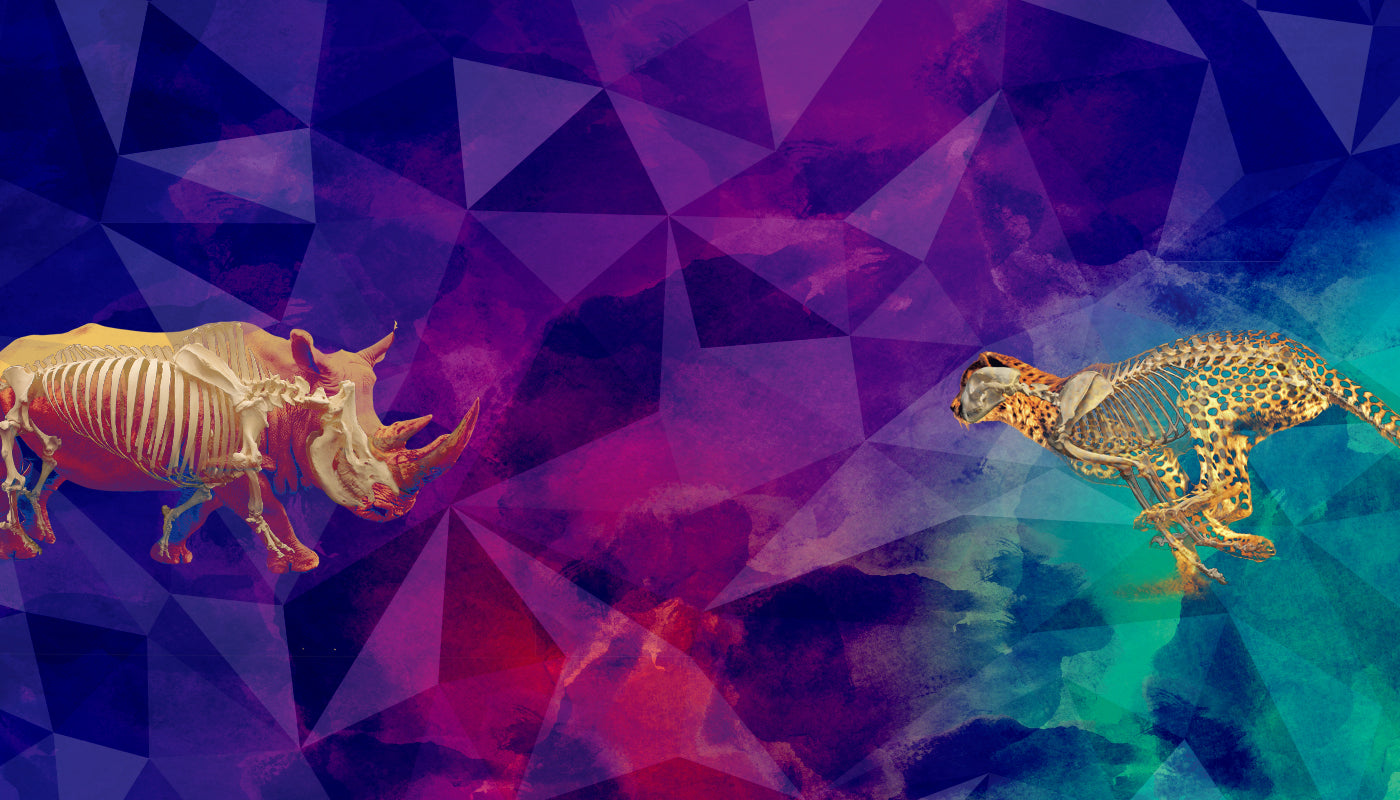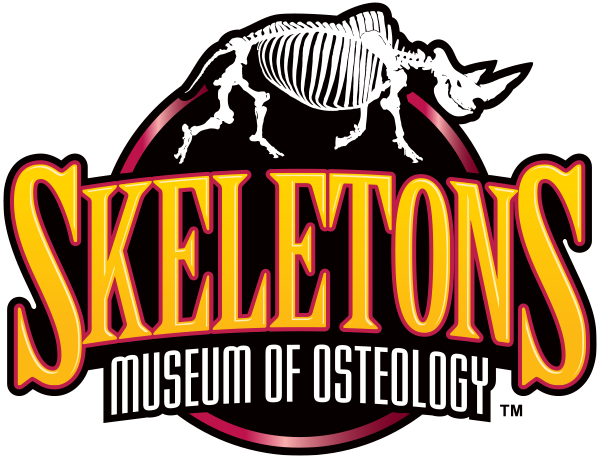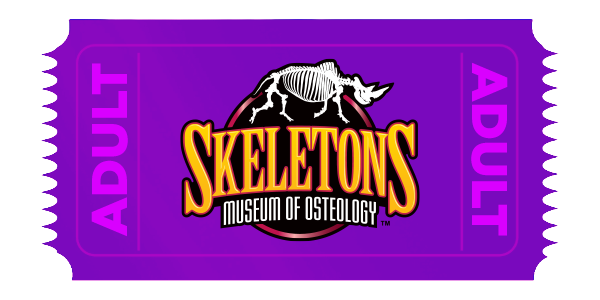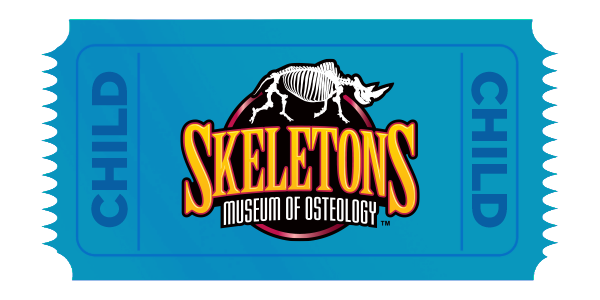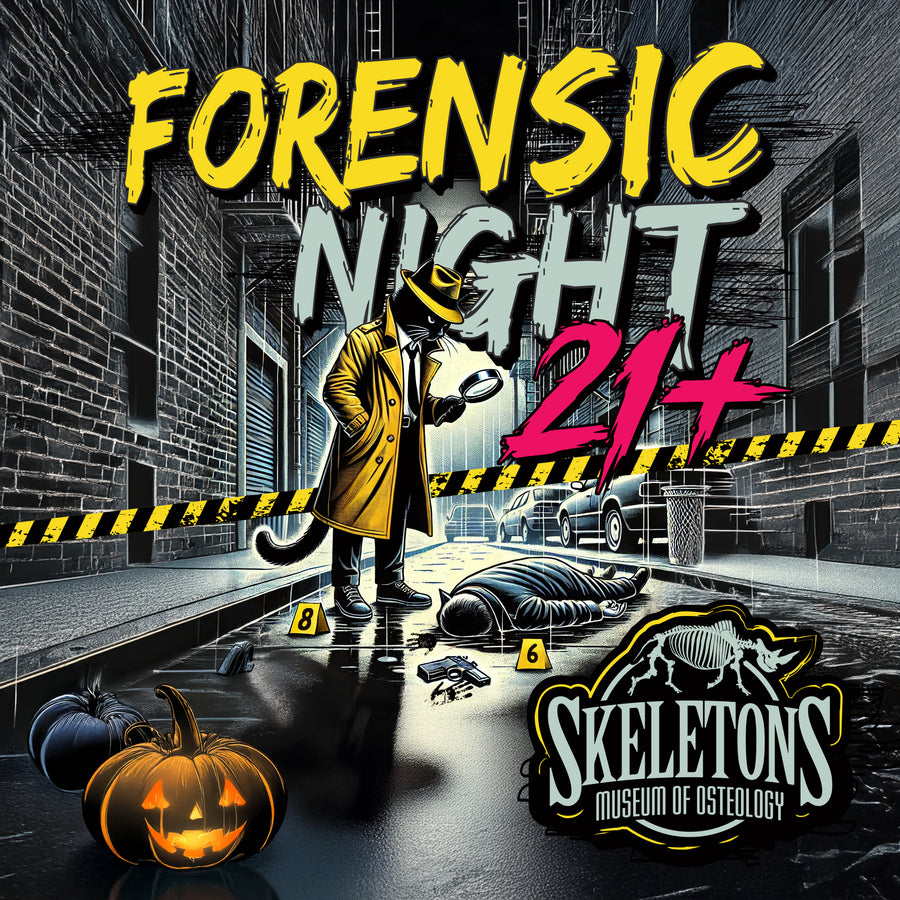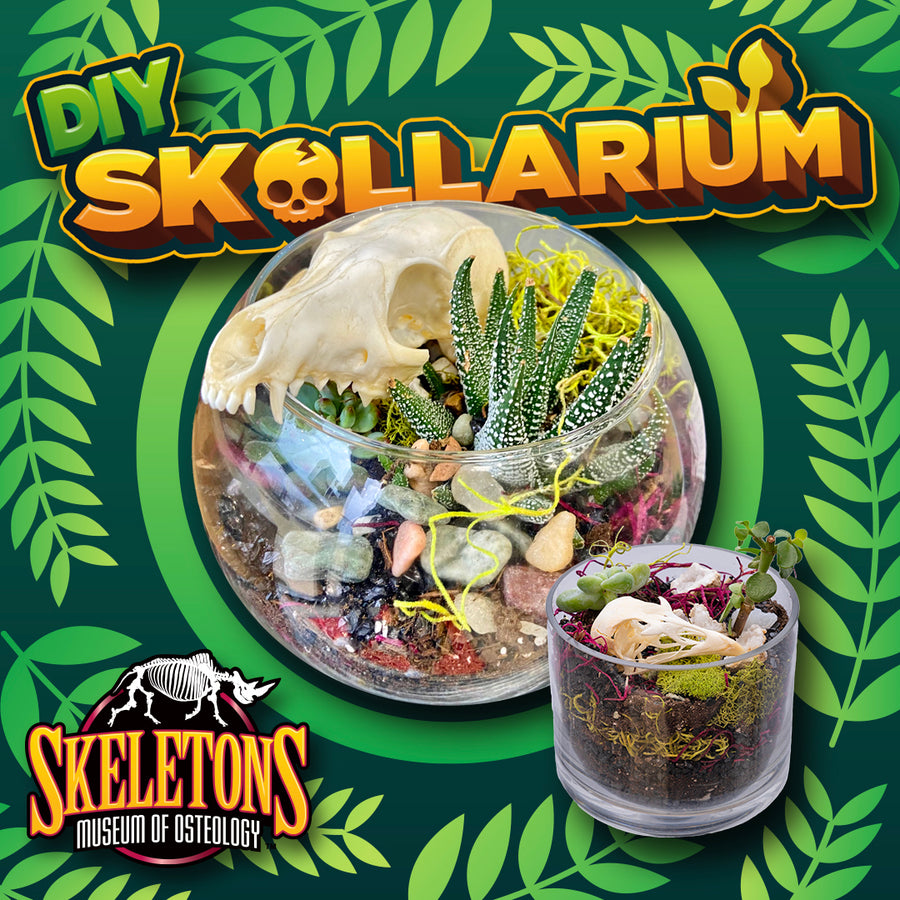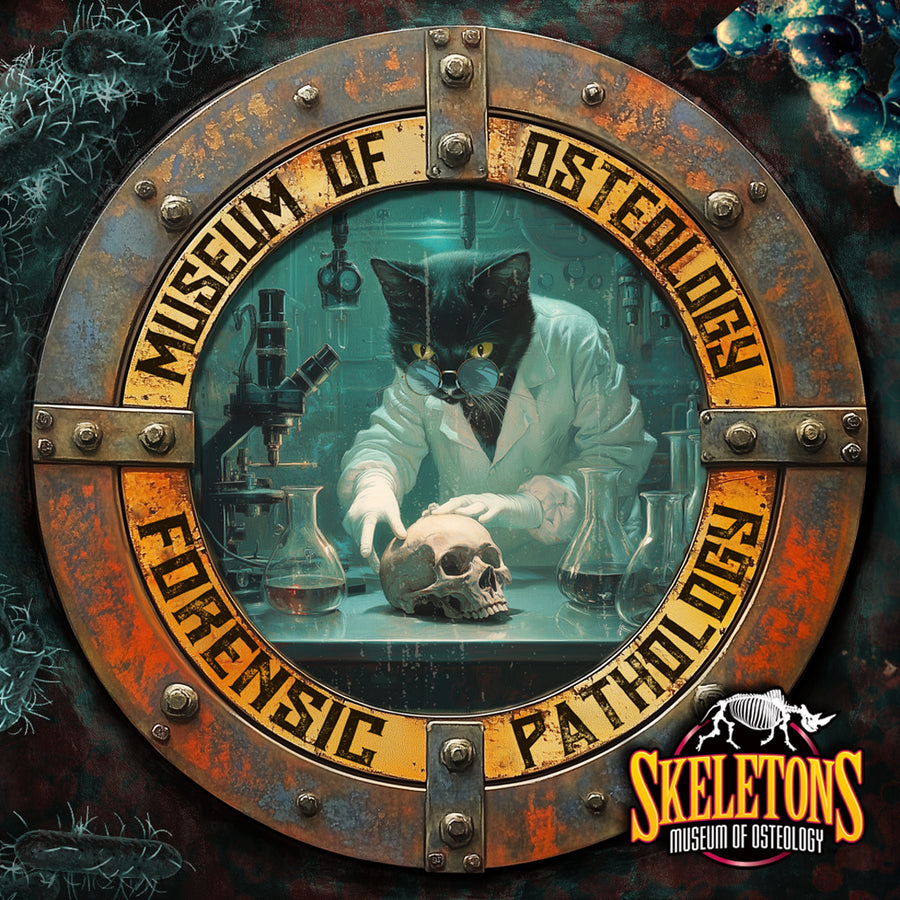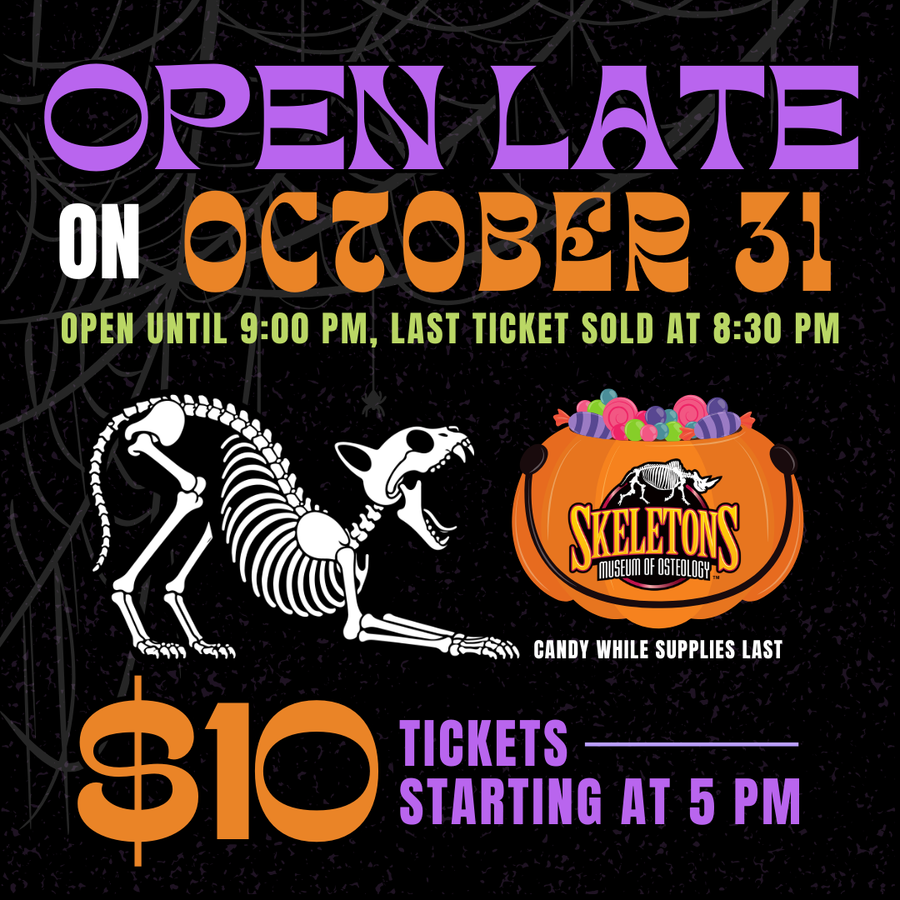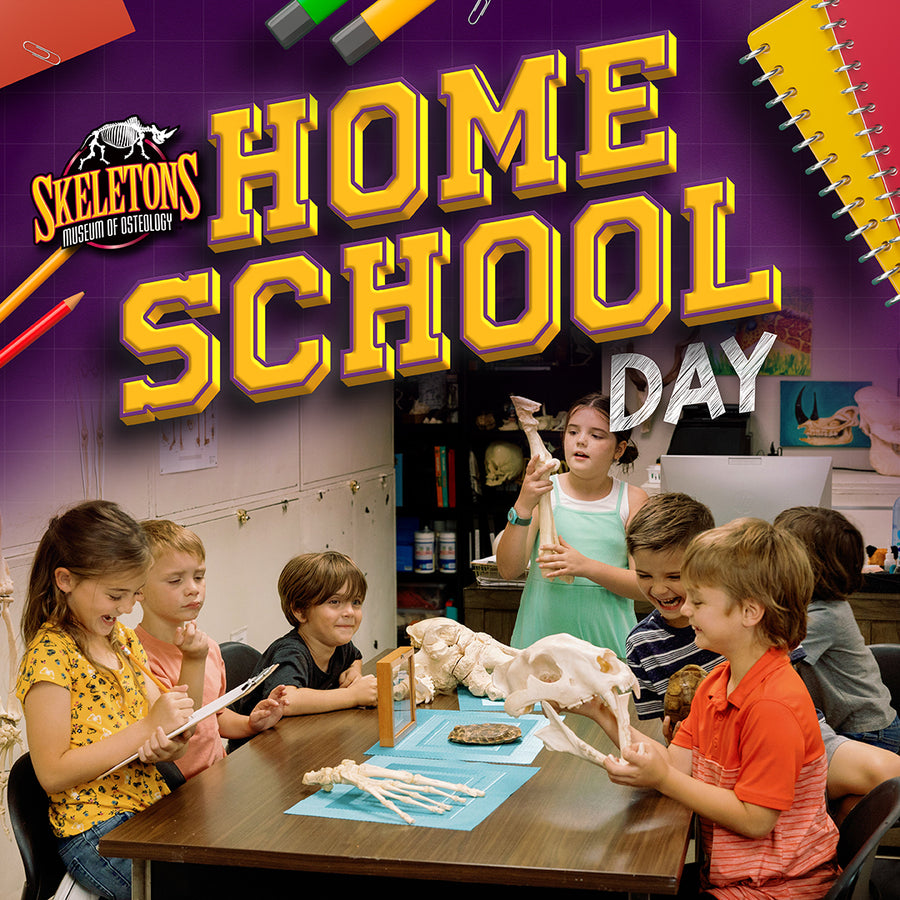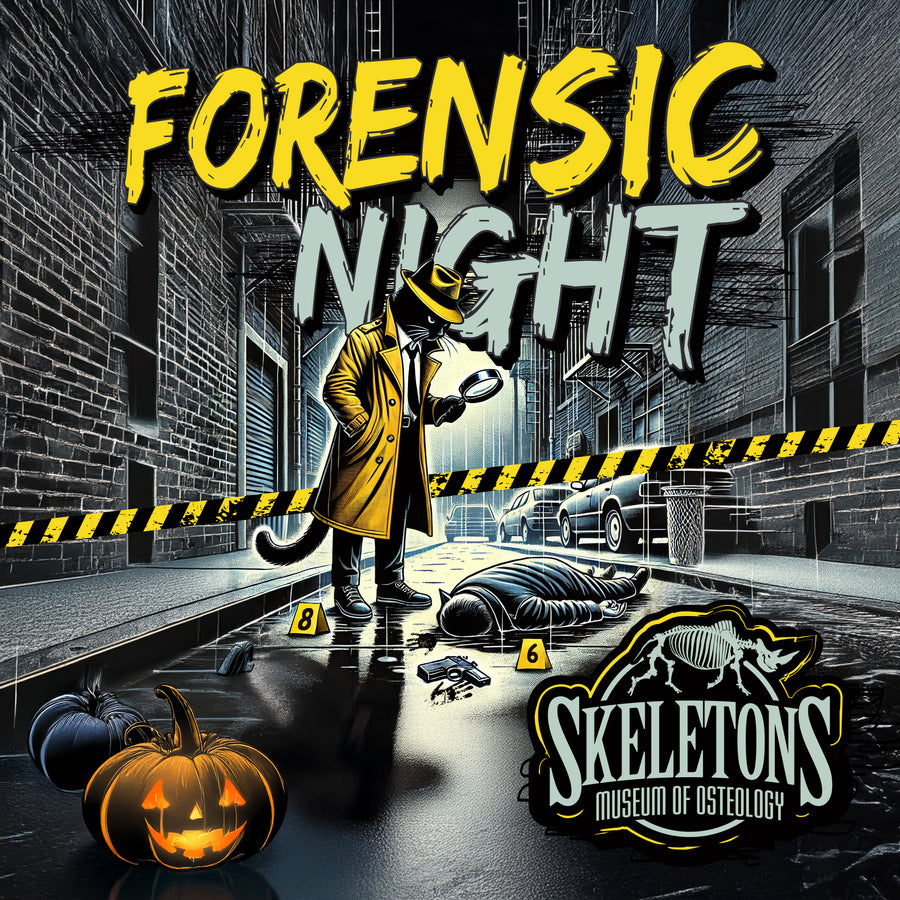
STEM PROGRAMS FOR ALL AGES

Each education program is designed to engage and motivate your students through differentiated instruction, student-centered activities, and science exploration. We have education programs for all grade levels and university students!
All Education programs align with Oklahoma Academic Standards and STEM principles. Activities encourage students to use problem-solving skills through teamwork and communication. We focus on natural and life science themes and concepts in a fun, hands-on way.
Pre-K and Kinder Programs
Tale of the Tooth
Discover how to tell what an animal eats by looking at the shape of its teeth. Students will learn how to identify what animals eat through a story, and then get hands on time with skulls to use their knowledge to discover what different animals eat.
Move Like an Animal
All animals must move to survive but they do not all move in the same way. Students will learn how different animals move and how the bones of an animal’s hands and feet can give us hints about these animals movement.
1st and 2nd Grade Programs
To Tell the Tooth
Learn how to read a skull. Animals don’t all eat the same thing, and their teeth give clues about their diet. Students examine carnivore, herbivore, and omnivore skulls to solve a mystery.
Locomotion: How Animals Move
Locomotion is key to survival. Students explore bones associated with movement, uncovering clues about diet and behavior. They'll identify and imitate movement types based on skeletal features.
Owl Pellet Dissection
Owls swallow prey whole—bones and all! Students dissect real owl pellets to discover bones inside, learning how owls eat and what they digest.
3rd - 5th Grade Programs
Tooth and Eye "Dentification"
“Eyes in front animal hunts, eyes on side animal hides.” Skulls can tell us a lot, from what an animal eats to whether an animal is predator or prey. In this program students will learn how to read eye placement on a skull to identify predator and prey animals. They will also learn to read the teeth to identify skulls as carnivores, herbivores or omnivores.
Locomotion and Skeletal Adaptations
Locomotion and Skeletal Adaptations familiarizes students with a key feature to animal survival; locomotion. Much can be learned from observing the bones associated with motion: diet, predator-prey relationships, etc. Participants will observe skeletal features that define a particular type of movement, and then name that movement.
Amazing Animal Adaptations
All animals have adaptations. Some help them to eat, while others help them from being eaten. In this class we will look at various osteological and external adaptations that help animals survive.
6th - 8th Grade Programs
Keys to Identification"
Keys to Identification familiarizes students with dichotomous keys. Students will work in teams to locate and measure various skull features. Using dichotomous keys, students will identify various types of animals. Emphasis will be placed on the student’s ability to verbally communicate the identification process.
Animal CSI
Read the bones to discover the story written in them. Students will be introduced to the world of forensic science and learn how to identify pathologies (evidence of trauma and disease) found on a variety of animal bones.
9th - 12th Grade Programs
Animal Pathology
Animal Pathology introduces students to forensic osteology in animals. After an introduction to bone pathology, students are placed in groups with the mission of unveiling what caused the abnormalities in the specimens. The activity is hands-on and students are engaged Socratically throughout the activity to enhance vital critical thinking skills. Students will later report their analysis to the class.
Forensic Osteology: Human Skulls
Forensic Osteology: Human Skulls is a crime lab-based program focusing on the forensic investigation of various types of trauma to the human skull. After a basic introduction to skull osteology and lab procedures, students will break-up into teams using a variety of tools from their forensic science kit to evaluate and document key evidence to support their results. They will then defend their findings to the class. Museum quality replicas of human skulls-from actual crime scenes-are used in this program.
Forensic Pathology: Human Skulls
Forensic Pathology: Human Skulls is a lab-based program focusing on the deviation from a healthy or normal structure or function to reveal an abnormality, illness, or malformation of the human skull. After a basic introduction to skull osteology, pathology, and lab procedures, students will break-up into teams to analyze defects to the human skull and associated dentition through blended learning. They will then defend their findings to the class. Museum quality replicas of human skulls are used in this program.
College Level Programs
Animal Pathology
Animal Pathology introduces students to the world of forensic science. After a basic introduction, students will break up into teams to evaluate (hands-on) the pathology of specimens as to the possible cause(s) of the abnormality. After the analysis is completed, teams will report their findings to the class.
Forensic Osteology: Human Skulls
Locomotion and Skeletal Adaptations familiarizes students with a key feature to animal survival; locomotion. Much can be learned from observing the bones associated with motion: diet, predator-prey relationships, etc. Participants will observe skeletal features that define a particular type of movement, and then name that movement.
Forensic Pathology: Human Skulls
All animals have adaptations. Some help them to eat, while others help them from being eaten. In this class we will look at various osteological and external adaptations that help animals survive.
